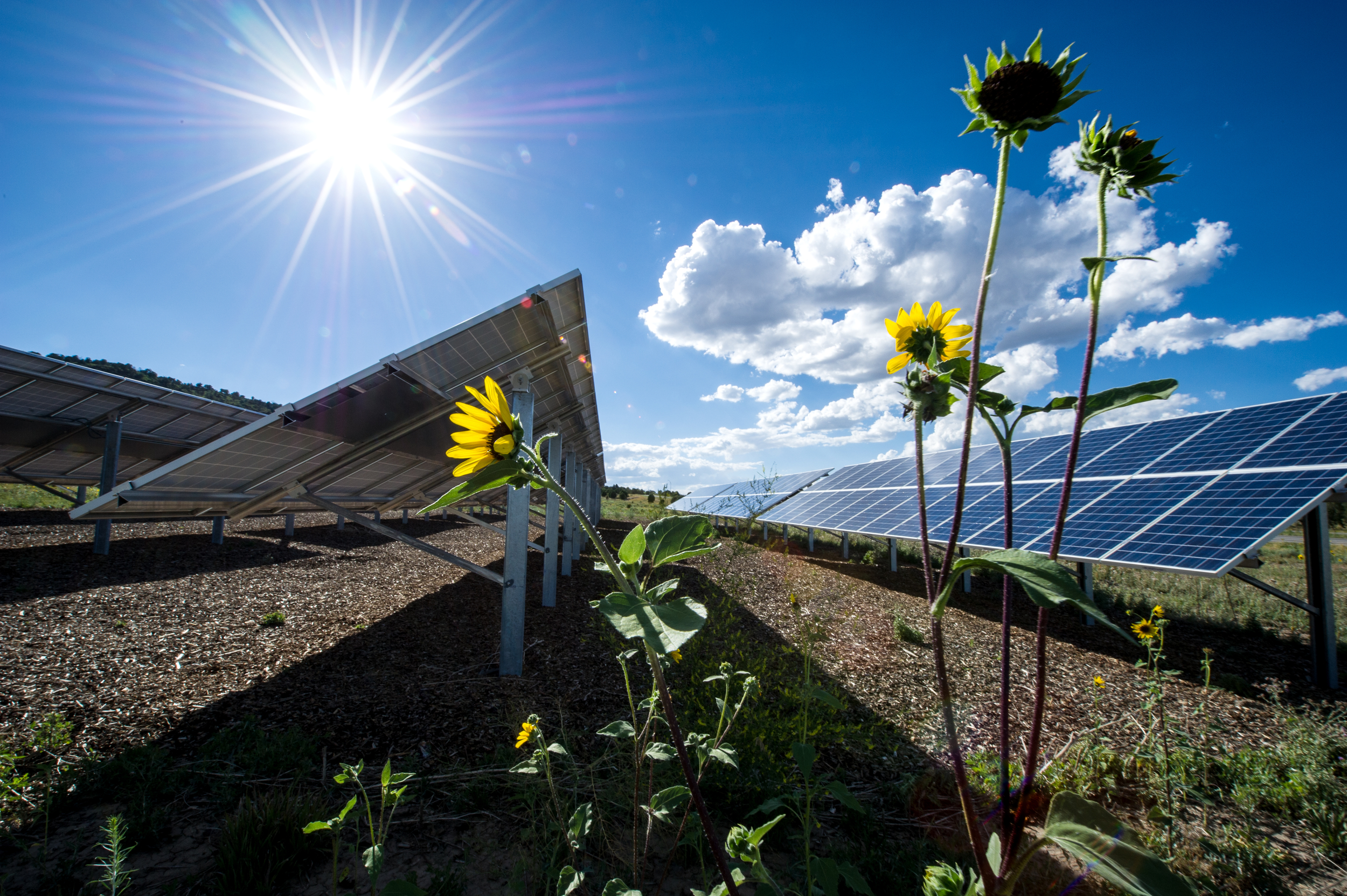
Optimizing Renewable Resources: Sustainable Solutions for Tomorrow
Renewable resource utilization is at the forefront of sustainable practices, offering a path towards a more eco-friendly and resilient future. Explore innovative strategies and technologies that maximize the potential of renewable resources, paving the way for a sustainable tomorrow.
Solar Power: Harvesting Energy from the Sun
The sun, a boundless source of energy, is harnessed through solar power technologies. Solar panels, composed of photovoltaic cells, convert sunlight into electricity. As the cost of solar panels decreases and efficiency improves, solar power becomes an increasingly viable option for residential, commercial, and industrial applications.
Wind Energy: Capturing Nature’s Gentle Force
Wind energy harnesses the power of the wind through turbines, converting kinetic energy into electricity. Advances in turbine design and offshore wind farms have expanded the potential of wind energy. This renewable resource, abundant and widespread, contributes significantly to the global shift towards cleaner energy alternatives.
Hydropower: Tapping into Flowing Water
Hydropower utilizes the energy from flowing water to generate electricity. Large-scale dams and smaller run-of-river systems are common applications. The reliability and flexibility of hydropower make it a key player in the renewable energy landscape, offering sustainable power generation while minimizing environmental impact.
Geothermal Energy: Harnessing Earth’s Internal Heat
Geothermal energy draws from the Earth’s internal heat to generate power. This renewable resource provides a continuous and reliable source of energy for electricity generation and heating. Geothermal power plants, often located in regions with high geothermal activity, showcase the potential of tapping into the Earth’s natural heat reservoirs.
Biomass Energy: Transforming Organic Waste
Biomass energy leverages organic materials such as agricultural residues and wood to produce power. Through processes like combustion and anaerobic digestion, biomass not only generates electricity but also offers sustainable alternatives like biofuels. This transforms organic waste into valuable sources of renewable energy.
Tidal and Wave Energy: Harnessing Oceanic Forces
Tidal and wave energy tap into the rhythmic motion of the ocean, converting it into electricity. Though in early stages of development, these renewable resources show promise in providing a consistent and predictable energy source. Tidal and wave energy technologies contribute to the diversification of the renewable energy portfolio.
Energy Storage Solutions: Balancing Supply and Demand
Renewable resources often face challenges related to intermittency. Energy storage solutions, such as advanced batteries and pumped hydro storage, play a crucial role in balancing the supply and demand of renewable energy. These storage systems enable the capture of excess energy during peak production times for use during periods of high demand.
Smart Grids and Digital Integration
The integration of smart grids and digital technologies optimizes the utilization of renewable resources. Smart grids enhance communication between energy producers and consumers, allowing for real-time adjustments based on demand and supply. Digital integration ensures a seamless transition towards a more renewable-centric energy infrastructure.
Government Policies and Incentives
Government policies and incentives play a pivotal role in promoting renewable resource utilization. Subsidies, tax credits, and regulations encourage individuals and businesses to invest in and adopt sustainable energy practices. Continued governmental support is essential for creating an environment conducive to the widespread adoption of renewable resources.
Individual and Corporate Responsibility
Optimizing renewable resources is not solely the responsibility of governments and industries. Individuals and corporations play a crucial role in adopting and promoting sustainable practices. From residential solar installations to corporate sustainability initiatives, collective responsibility contributes to a more sustainable and resilient future.
For more insights on Renewable Resource Utilization, visit Renewable Resource Utilization.


